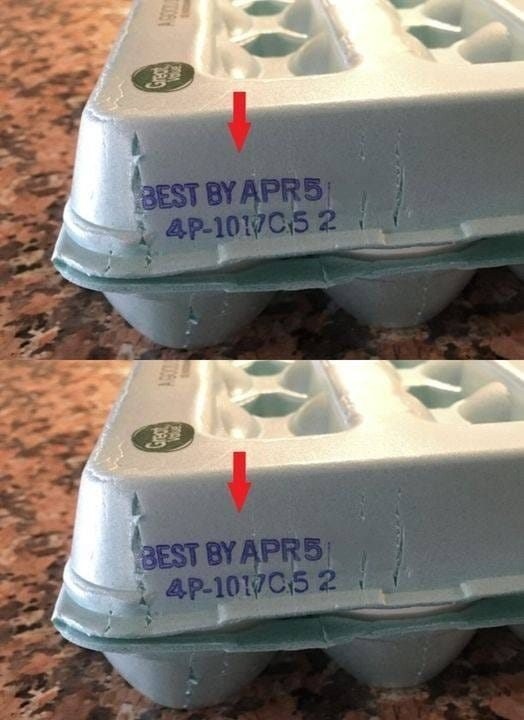
Crack an Egg, Read a Story
There’s a quiet kind of joy in cracking open an egg. Maybe you feel it too—that satisfying tap, the soft split, the golden yolk pooling into a warm pan. Whether I’m easing into a slow morning with a fluffy omelet, baking a rich cake to share with friends, or throwing together a quick fried rice after a long day, eggs are always part of my rhythm. Their simplicity, versatility, and comforting flavor have earned them a permanent place in my kitchen.
Every now and then, I treat myself to farm-fresh eggs from the local farmer’s market. There’s something grounding about it—chatting with the farmers, hearing how the hens are raised, and noticing the little imperfections in size or the beautiful range of shell colors. It’s food with a face, a story, a connection. But like most people, I usually buy my eggs at the grocery store—neatly stacked in cardboard or plastic cartons, uniform and efficient under fluorescent lights. They all promise the same familiar goodness, but over time, I realized there’s much more to those cartons than meets the eye.
Hidden in plain sight on every box are small details—codes, labels, numbers—that hold valuable information. At first, it just seemed like industry jargon. But once I started decoding them, I saw how they offered insight into the freshness of the eggs, how the hens were treated, and even where the eggs came from.
Take the Julian date, for example—a three-digit number printed on many cartons. It tells you the exact day of the year the eggs were packed. So 001 means January 1st, and 365 means December 31st. It’s a subtle clue, but it lets you find the freshest eggs in the store—ones that haven’t been sitting on the shelf too long.
Then there are the labels: cage-free, free-range, pasture-raised, organic. They sound similar, but they tell very different stories. “Cage-free” hens are spared the cages but may still be crowded indoors. “Free-range” birds get some outdoor access, though how much space or time varies. “Pasture-raised,” on the other hand, usually means the hens roam outdoors more freely, with room to scratch, peck, and sun themselves. Each term reflects a different level of animal welfare—and it can influence the taste and quality too.
And let’s not forget the grading system—Grade AA, Grade A, Grade B. These letters don’t speak to nutrition, but rather to the egg’s appearance and structure. If you’re making delicate dishes like poached eggs or meringues, that higher grade can make a noticeable difference in texture and presentation.
What once felt like random numbers and buzzwords now feels like a quiet kind of knowledge—an invitation to be a more thoughtful shopper, a more informed cook. Reading these labels lets us support farms and systems that reflect our values—whether it’s animal welfare, sustainability, or simply the pursuit of better flavor.
Now, when I reach for a carton of eggs, I pause. I check the codes, scan the language, think for a moment about where they came from. It turns a routine grocery run into a small act of awareness. And when I finally crack one open and watch it sizzle in the pan, it feels like more than just breakfast. It feels like a story—one I get to be part of.